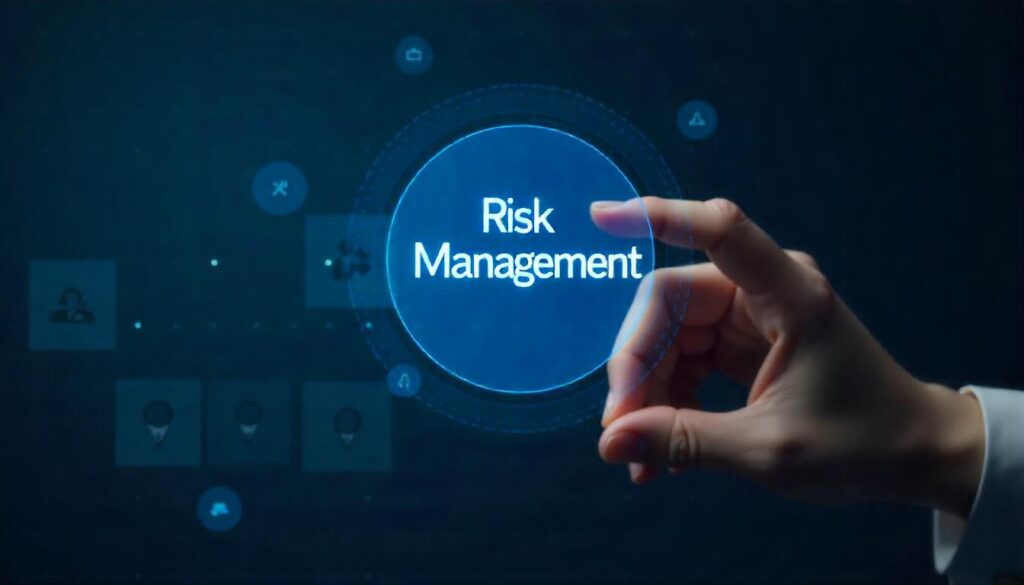
Don't Let Third-Party Vulnerabilities Become Your Business's Problem
Strong cyber risk management is more important than ever! As businesses increasingly rely on outside vendors, managing the security risks they introduce becomes pivotal.
Cloud providers, software services, payment processors, and more—they all help you run smoothly. Unfortunately, every vendor you add to your system also brings potential security risks to your doorstep.
Overlooking third-party security is like leaving a back door wide open. You need a reliable way to vet your vendors and ensure they aren’t introducing unnecessary risks.
The best way to mitigate these risks is with the assistance of cybersecurity experts. And as your friendly neighbourhood pentesters, we've created a quick vendor risk checklist to help you get started.
Vendor Cyber Risk Management Matters More Than You Think
More and more attackers are targeting supply chains, recognising that businesses rely heavily on connected vendors. This makes supply chain security a significant focus.
Every vendor, no matter how small, is a link in that chain. A weak link can put your entire business at risk.
We've seen headlines about major breaches that started with a vendor. Data theft, operational shutdowns, significant financial loss—the consequences of unchecked third-party cyber risk are severe.
It's not just about your own security posture, but the security of everyone you work with.
Building trust with vendors involves making sure they meet specific security standards. It protects your sensitive information, maintains operational continuity, and guards your reputation.
Your Essential Vendor Risk Checklist
So, how do you get a handle on this? You need a systematic approach.
A vendor risk checklist helps you ask the right questions and look in the correct places. It's a crucial part of your overall cyber risk management strategy.
Here's a list covering key areas you should assess when working with vendors.
Access Controls: Who Has Access to What?
Find out how the vendor manages access to their systems and, more importantly, to any of your data or systems.
- Are they following the principle of least privilege (POLP), meaning users only have access to what they absolutely need?
- How do they handle onboarding and offboarding employees?
Data Protection Policies: How is Your Data Handled?
Understand their policies around data handling. Knowing how they treat your sensitive information is non-negotiable.
- How do they protect data at rest and in transit?
- Do they use encryption?
- What are their data retention and disposal practices?
Compliance Standards: Do They Meet Requirements?
- Do they adhere to relevant industry regulations and standards?
- For example, if you handle EU customer data, are they GDPR-aware and compliant?
Ask about their certifications or audit reports (like SOC2). This shows they are committed to a baseline level of security practice.
Security Posture & Testing: How Do They Secure Themselves?
Ask about their security testing practices. Their proactive testing is a good indicator of their security maturity. It's also important to understand their incident response plan, should something go wrong.
- Do they perform regular vulnerability scanning?
- Do they conduct or get independent penetration tests or vendor security audits?
- How do they handle identified vulnerabilities?
- What happens if they do have a security event?
Vendor Assessment & Audit Process: How Do They Review Their Own Vendors?
Your vendors might also use third parties. Ask about their own vendor assessment process. A vendor taking their own supply chain security seriously will likely be a more secure partner for you.
Acting on Assessment Results
Going through this checklist gives you crucial information. However, the real value comes from acting on what you find.
Evaluate the answers and identify potential risks. Some risks might be minor, while others could be significant enough to reconsider the vendor relationship or require them to make specific security improvements.
Work with your vendors to address any identified issues. A good vendor will be transparent and willing to improve their security posture. Implement remediation plans and set clear timelines.
Remember, security isn't a one-time setup.
Regular vendor audits and continuous monitoring are crucial. Just like you, your vendor's security posture can change over time, and you need to stay informed.
Don't Wait Until It's Too Late
We get it. You've got a million things on your plate. But don't let vendor cyber risk be the thing that brings your business down.
Take proactive steps to protect yourself. Use this checklist as a starting point, and if you need help, reach out.
7ASecurity is here to help you secure your business and give you peace of mind.
Ready to strengthen your vendor security and improve your cyber risk management?

